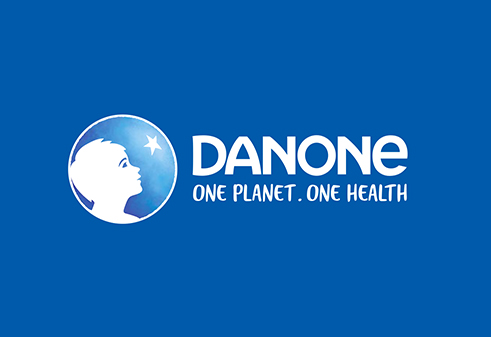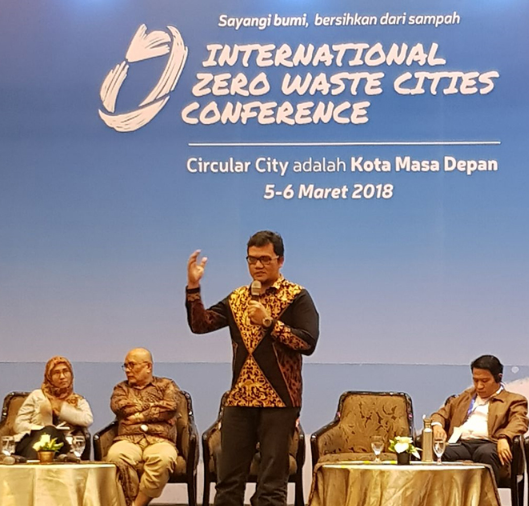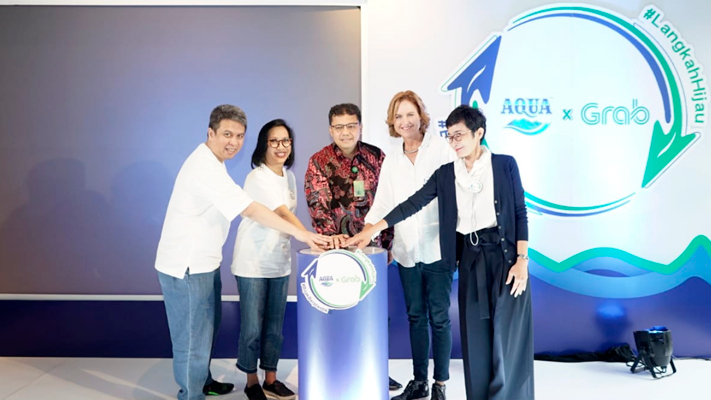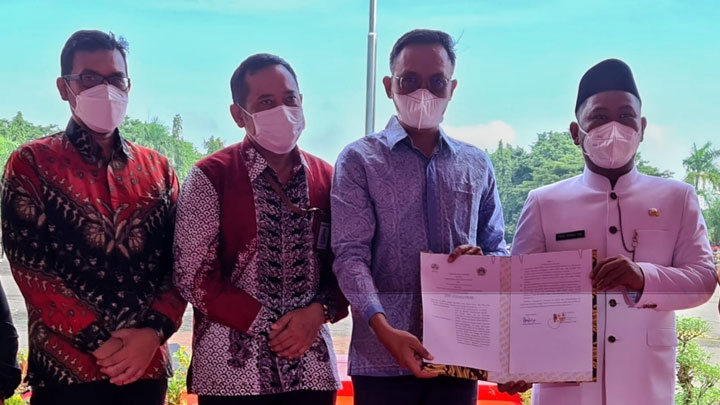Microplastic is an emerging issue that we, at Danone Waters but also with the rest of the bottled water industry and the scientific community, are following closely.
Currently, there is no applicable regulatory framework or scientific consensus with respect to the adequate testing methodology or potential impacts of microplastic particles which could be found in any bottling environment.
Concerning the study sent to us by Orb Media: Danone Waters is not in a position to comment as some aspects of the testing methodology used remain unclear and there are no details regarding the statistical significance versus the blank value.
In general, there is still limited data on the topic and conclusions differ dramatically from one study to another. For example, a recent scientific study published in the peer-reviewed journal Water Research in February 2018* concluded that no statistically relevant amount of microplastics can be found in water in single-use plastic bottles.
Danone Waters’ groundwater sources are naturally geologically protected and preserved from contamination and all human-generated activities. Preserving the purity of our spring and natural mineral waters requires high-quality packaging, and we conduct extensive qualification testing before use. All our packaging is food grade and does not migrate into the water. Our bottling process respects the highest hygiene, quality and food safety standards.
At Danone Waters, we remain committed to reducing our packaging impact and keeping plastic within the economy and out of nature by adopting a circular approach to plastic usage to keep plastics in the economic sphere and reduce their impact on nature.
Analysis of microplastics in water by micro-Raman spectroscopy: Release of plastic particles from different packaging into mineral water by Schymanski and all from the Chemical and Veterinary Analytical Institute Münsterland-Emscher-Lippe (CVUA-MEL), Münster, Germany).







